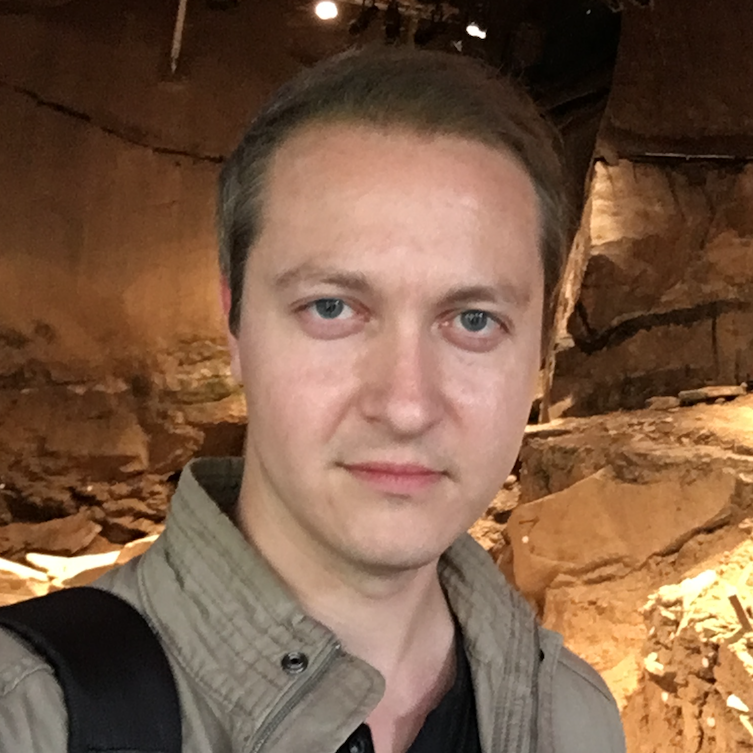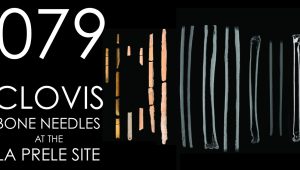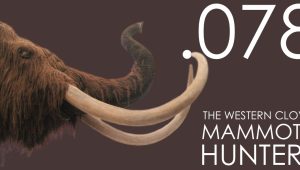
Podcast: Play in new window | Download
Subscribe: Apple Podcasts | RSS
On this edition of the Seven Ages Audio Journal, the team chronicles our recent trip throughout Georgia and Alabama. Along our way to study the many notable Mississippian mound sites throughout the southeast, we were able to meet up with friends and colleagues that included researcher Randall Carlson, former professional wrestler Lash Leroux, and other enjoyable people and places.
Some of the notable sites we visited along the way include:
Judaculla Rock
“The Judaculla Rock is a soapstone rock with numerous Native American symbols etched throughout. It is a deeply associated with the Tsu’kalu or Judaculla (meaning “he has them slanting” or “slant-eyed giant”) legend of the Cherokee. Like most Native American tribes, the Cherokee believed the spirit world influenced the things of the physical world and that every man and piece of nature (animals, weather, plants, etc.) exhibited a spirit. The gods of the spiritual world controlled the spirits, and often times the Cherokee relied on a mediation between the physical world and the spiritual world; Judaculla Rock served as a landmark for the hunting god.” (Source)
Track Rock Gap
“The Track Rock Gap rock art and stone landscape sites on the Chattahoochee National Forest were created by Creek and Cherokee people beginning more than 1,000 years ago. There is no archeological evidence of any Mayan connection to the sites.” (Source)
Etowah Mounds
“Home to several thousand Native Americans from 1000 A.D. to 1550 A.D., this 54-acre site protects six earthen mounds, a plaza, village site, borrow pits and defensive ditch. Etowah Mounds is the most intact Mississippian Culture site in the Southeast. Artifacts in the museum show how natives of this political and religious center decorated themselves with shell beads, paint, complicated hairdos, feathers and copper ear ornaments. Hand-carved stone effigies weighing 125 pounds still bear some original pigments.” (Source)
Ocmulgee Mounds
“This park is a prehistoric American Indian site. American Indians first came here during the Paleo-Indian period hunting Ice Age mammals. Many different American Indian cultures occupied this land for thousands of years. Around 900 CE, the Mississippian Period began. They constructed mounds for their elite, which remain today.” (Source)
Moundville
The Moundville site, occupied from around A.D. 1000 until A.D. 1450, is a large settlement of Mississippian culture on the Black Warrior River in central Alabama. At the time of Moundville’s heaviest residential population, the community took the form of a three-hundred-acre village built on a bluff overlooking the river. (Source)
Follow the Seven Ages Research Associates online:
Below are links to stories covered on this edition of the podcast:
Music featured in this episode:
FrauMueller – High Tech (Audio Library, via YouTube)
Ehrling – Adventure (Audio Library, via YouTube)

Micah Hanks is a writer, researcher, and podcaster. His interests include historical research, archaeology, philosophy, and a general love for science. He can be reached at micah@sevenages.com.










